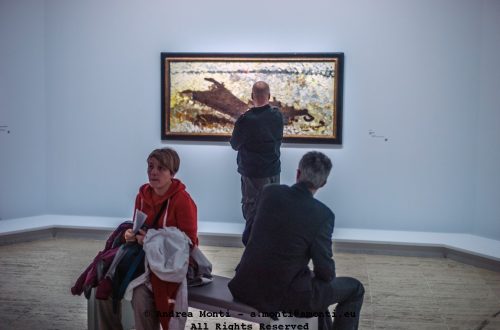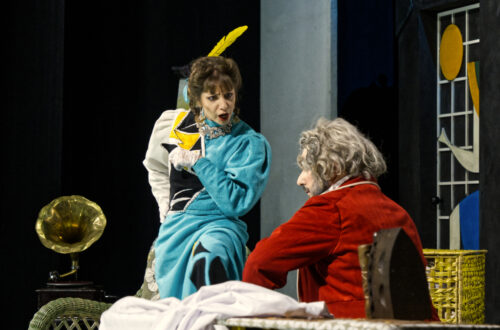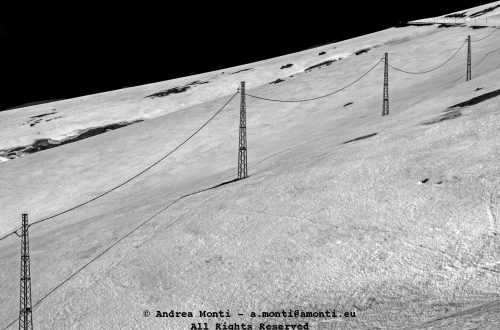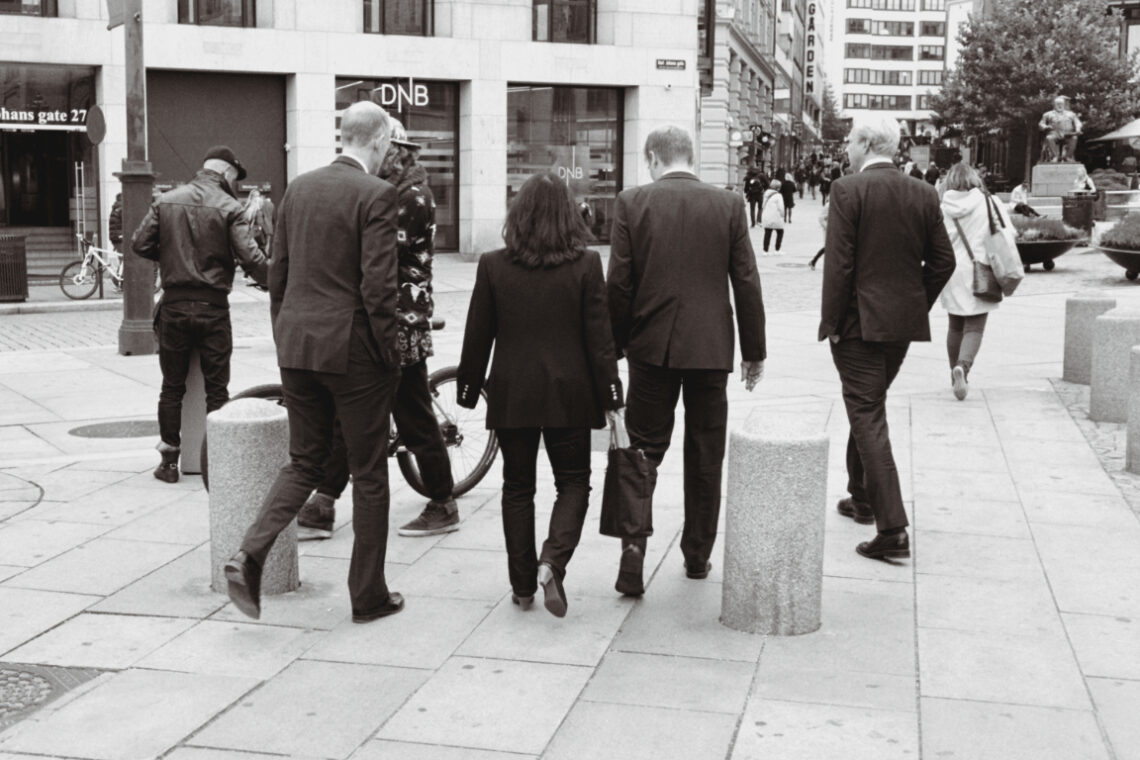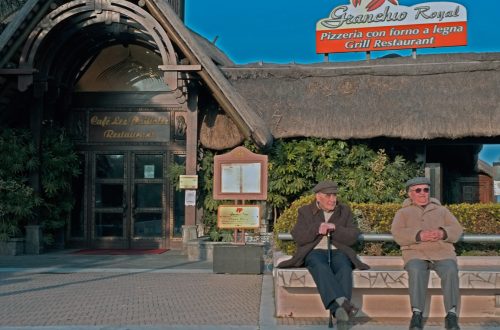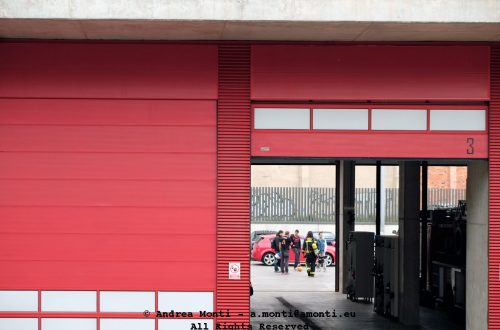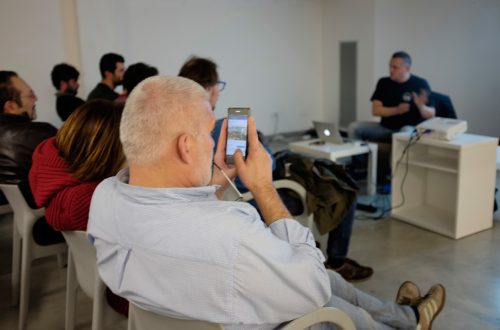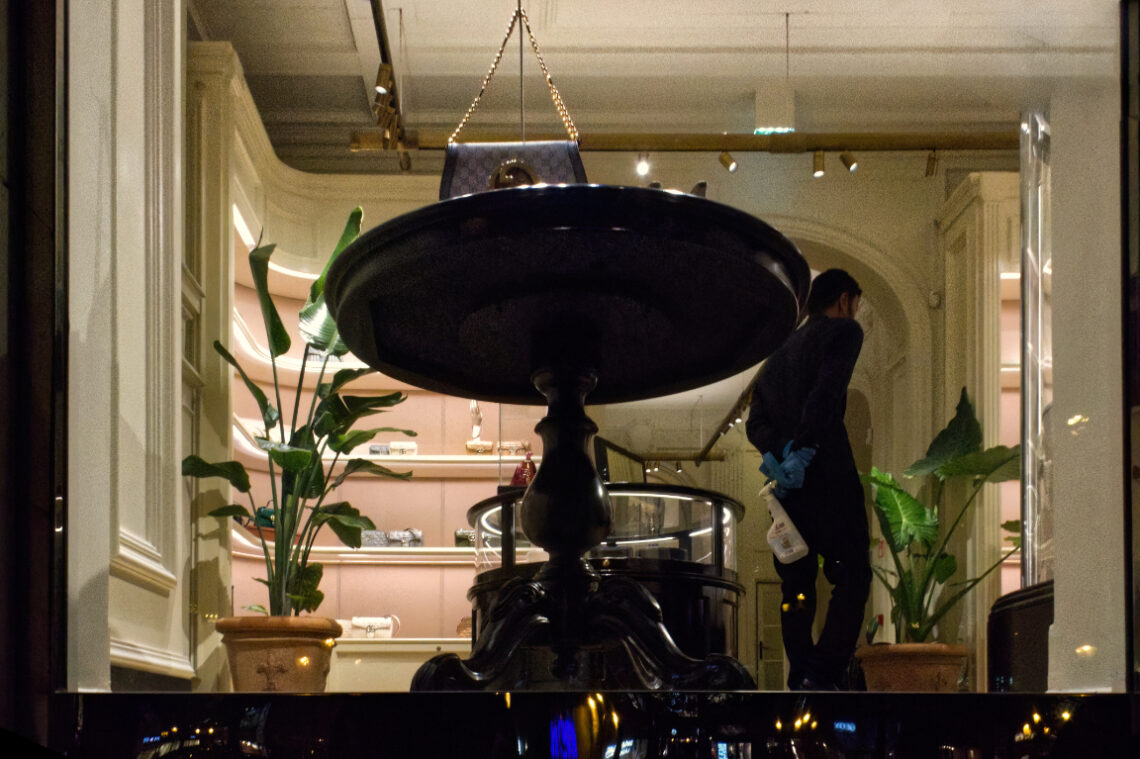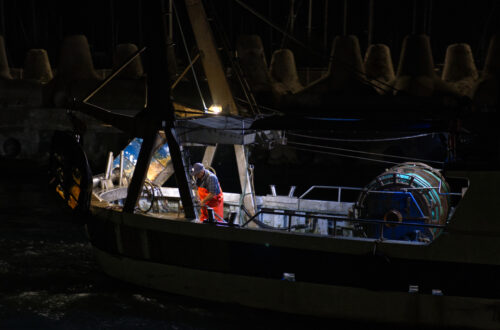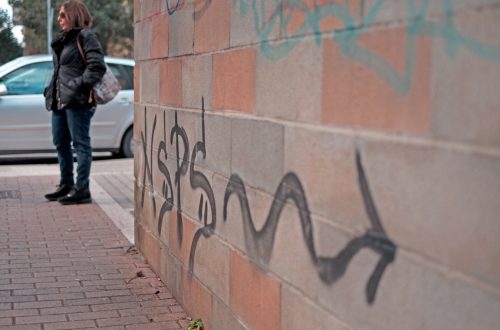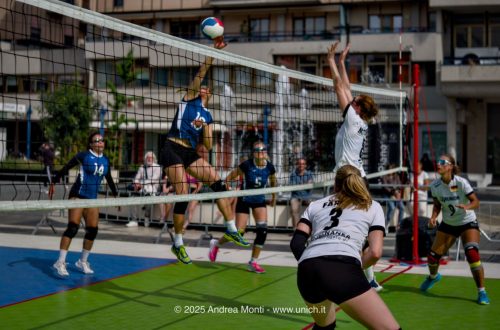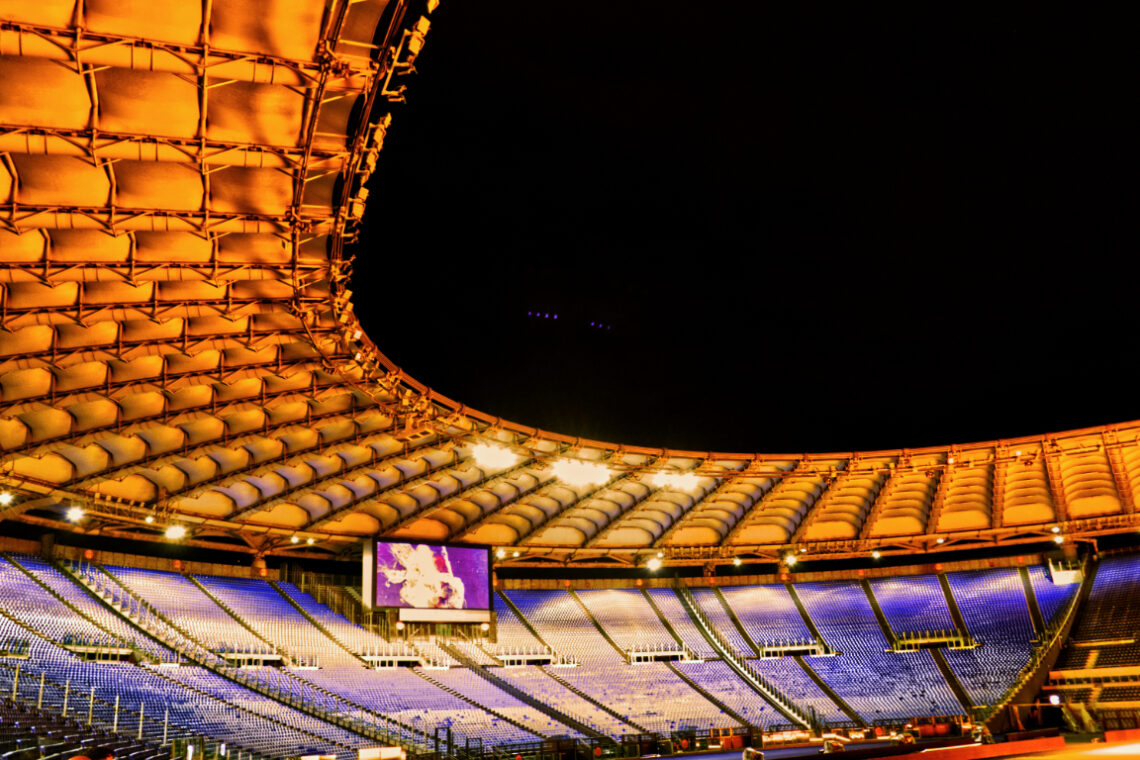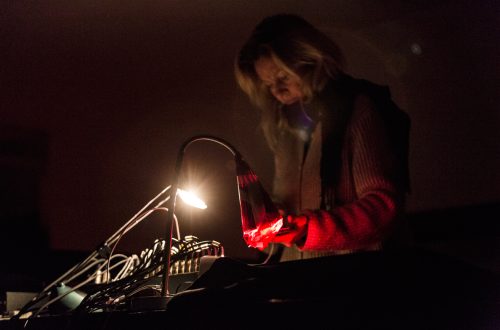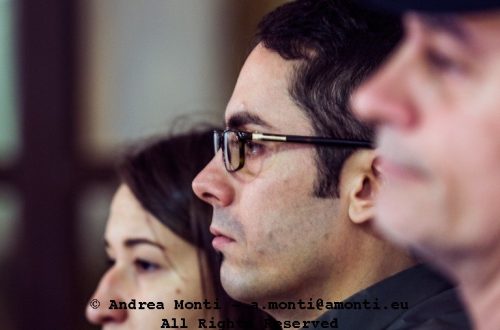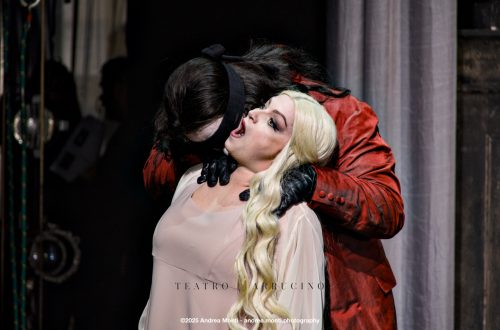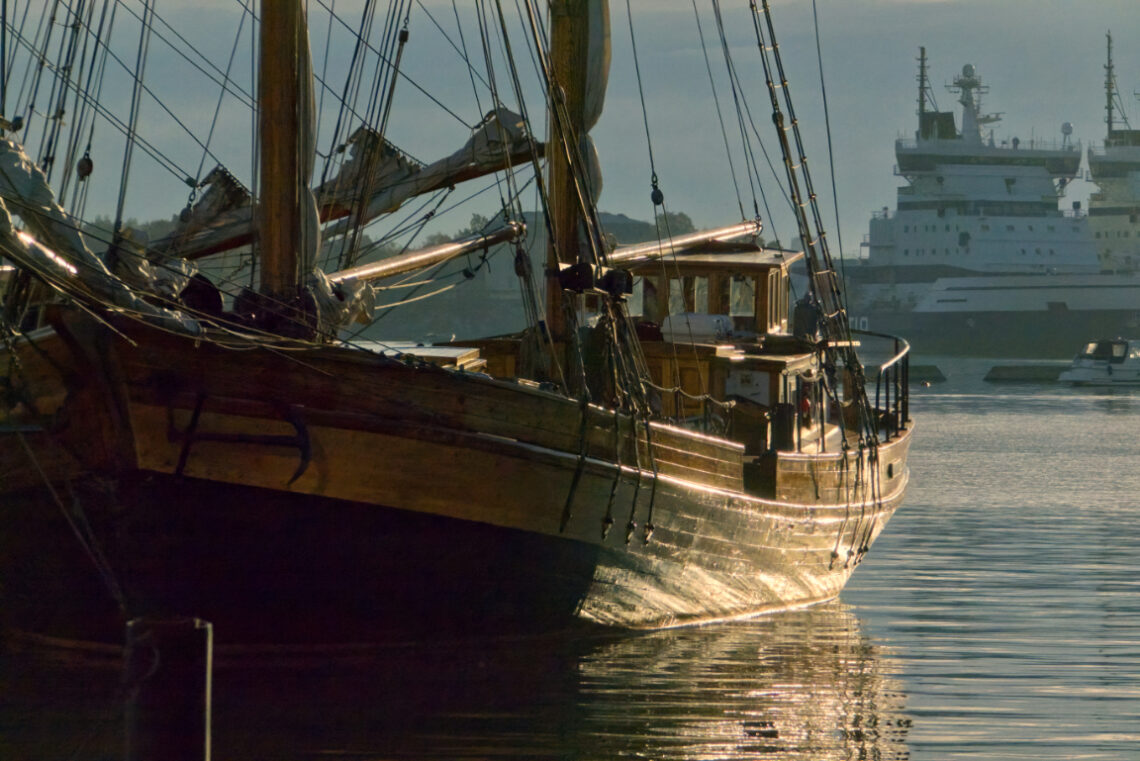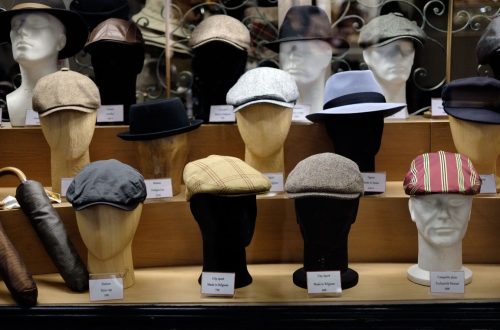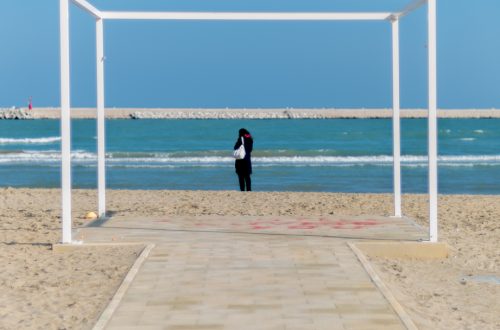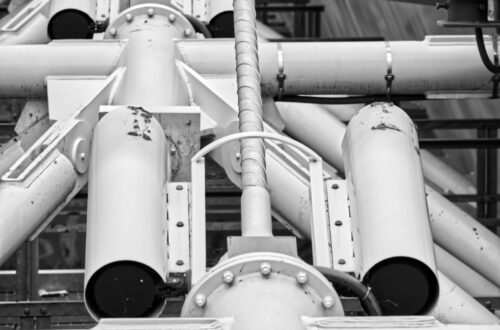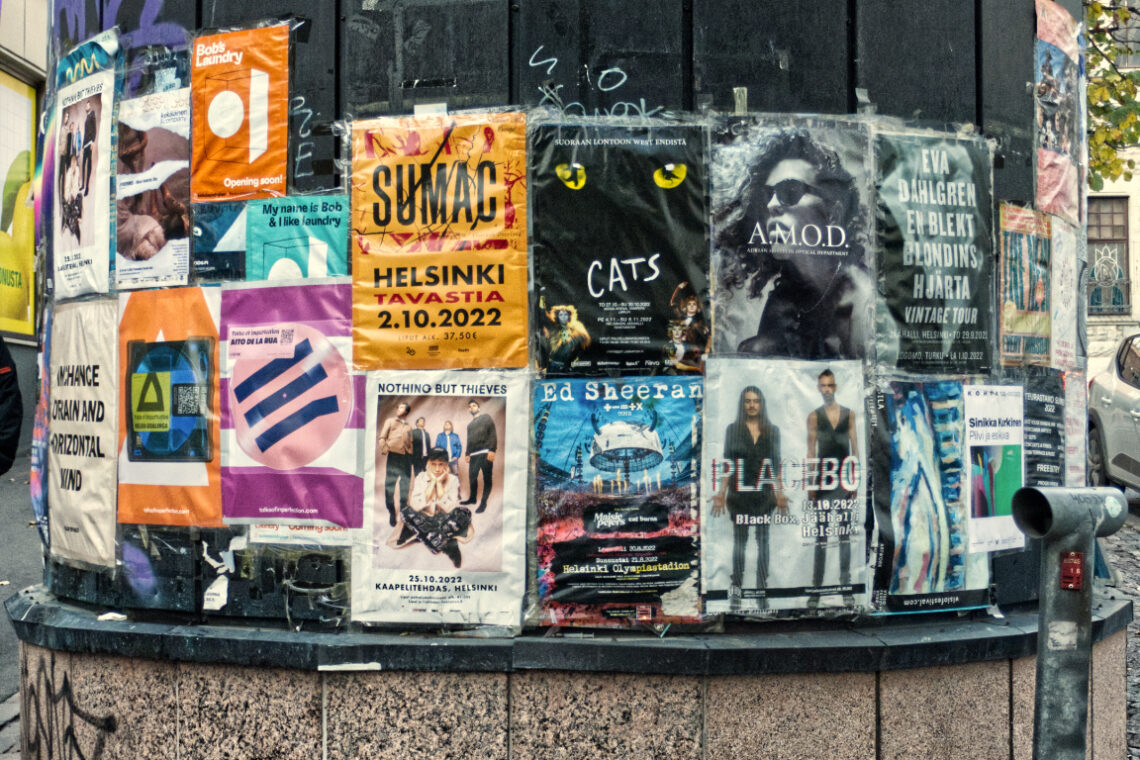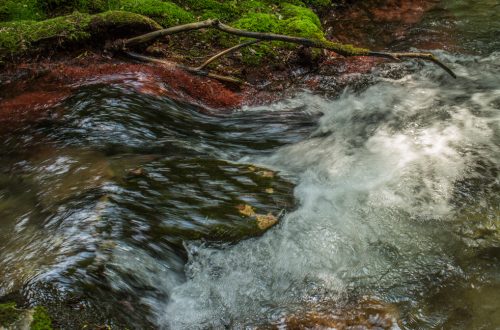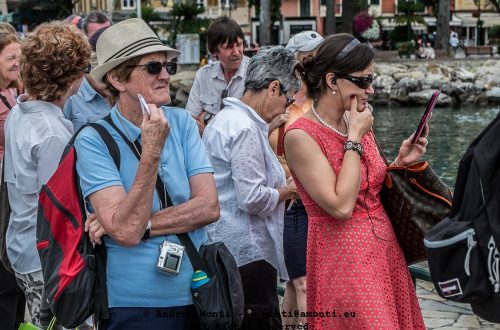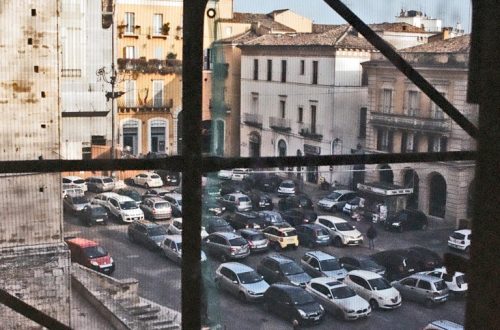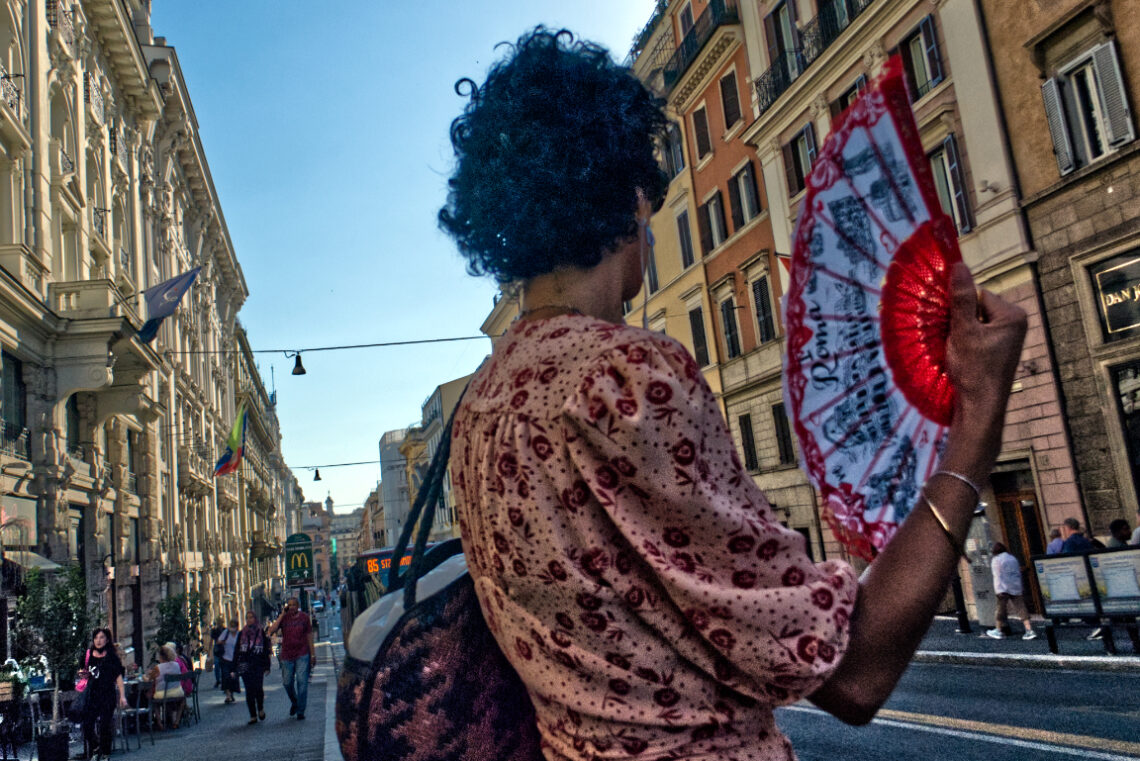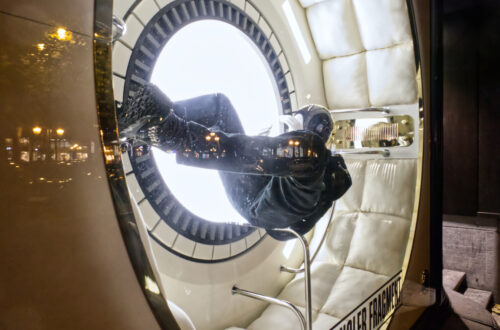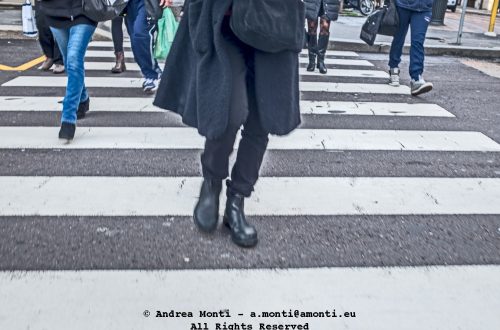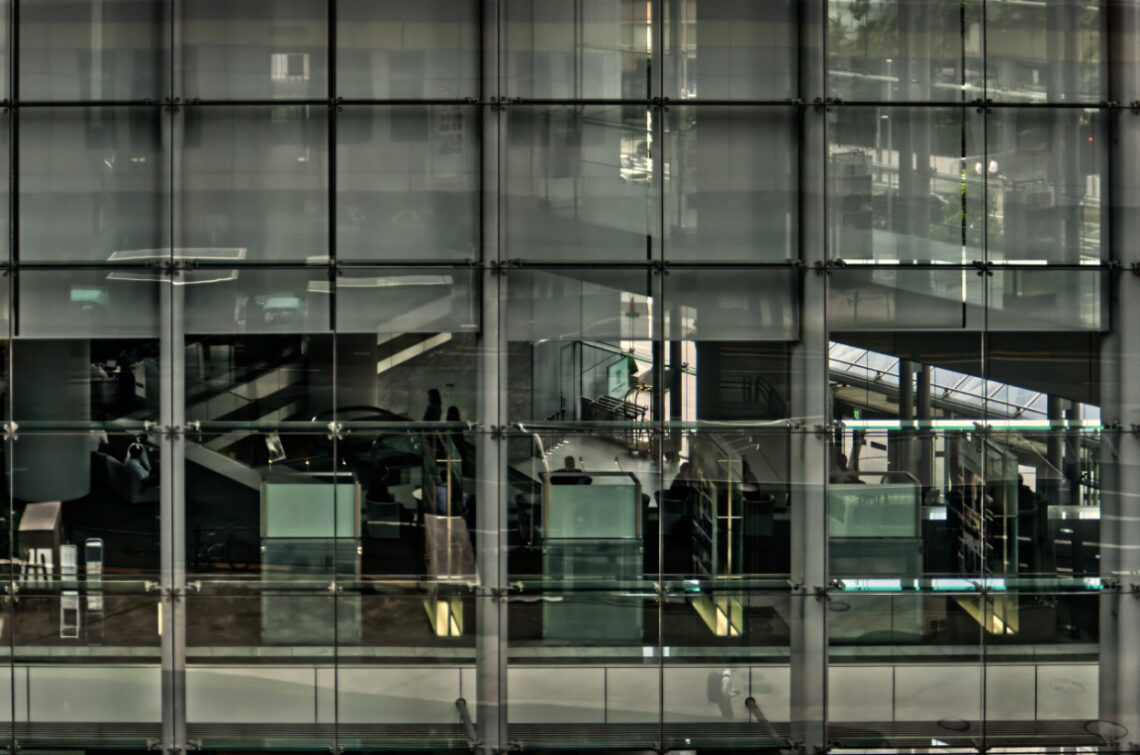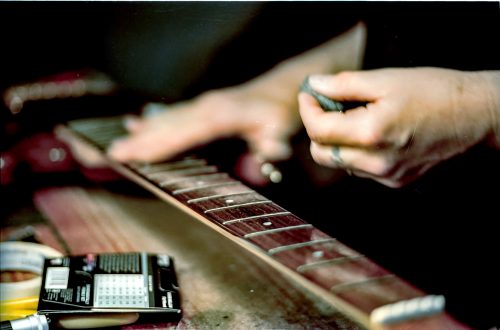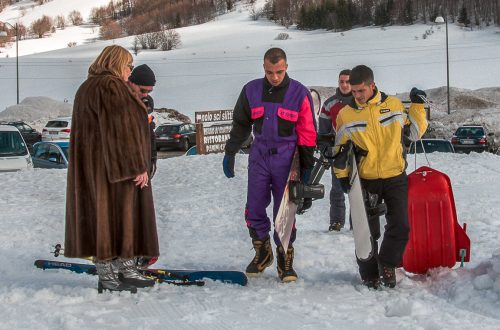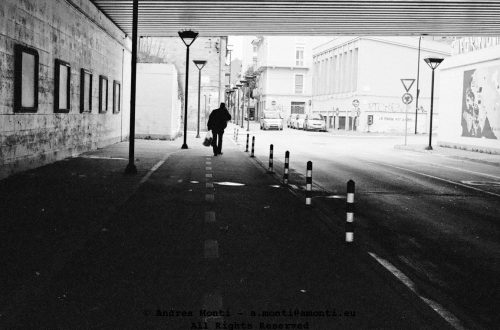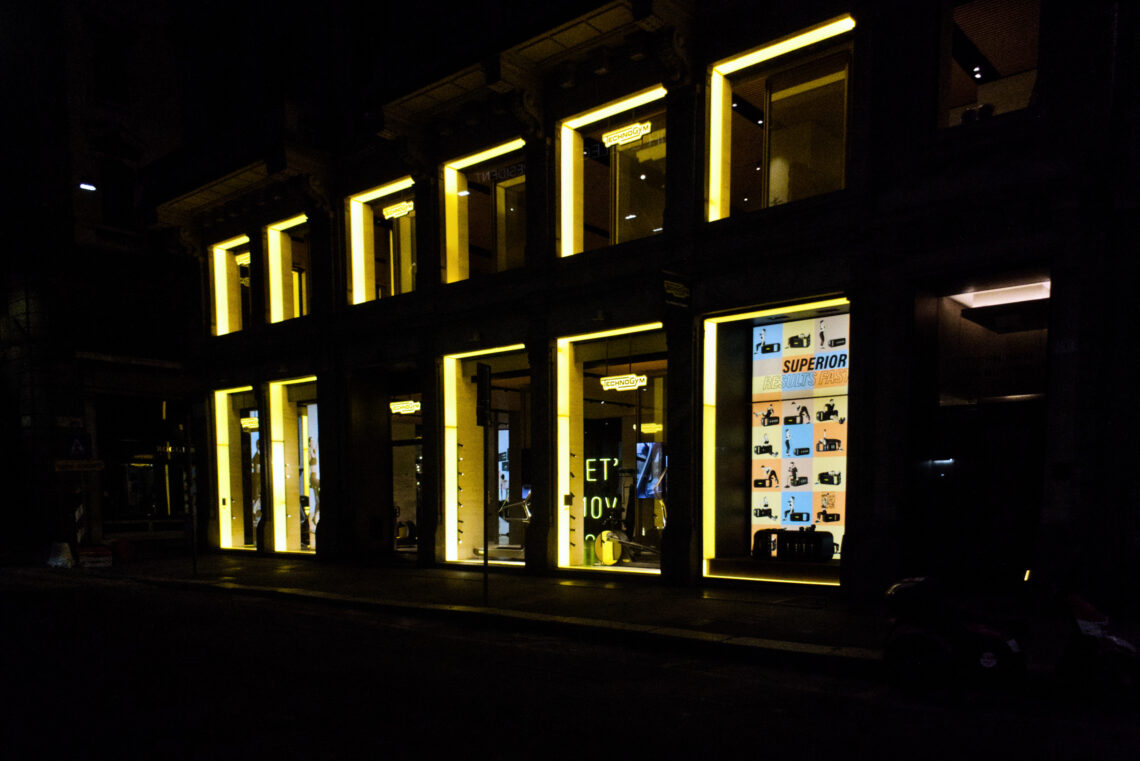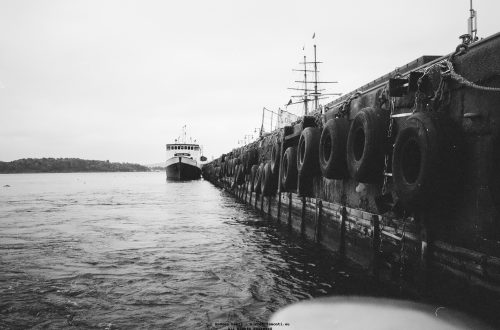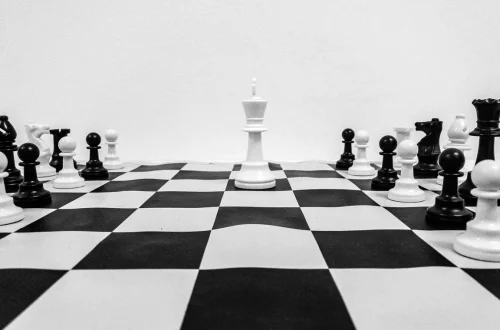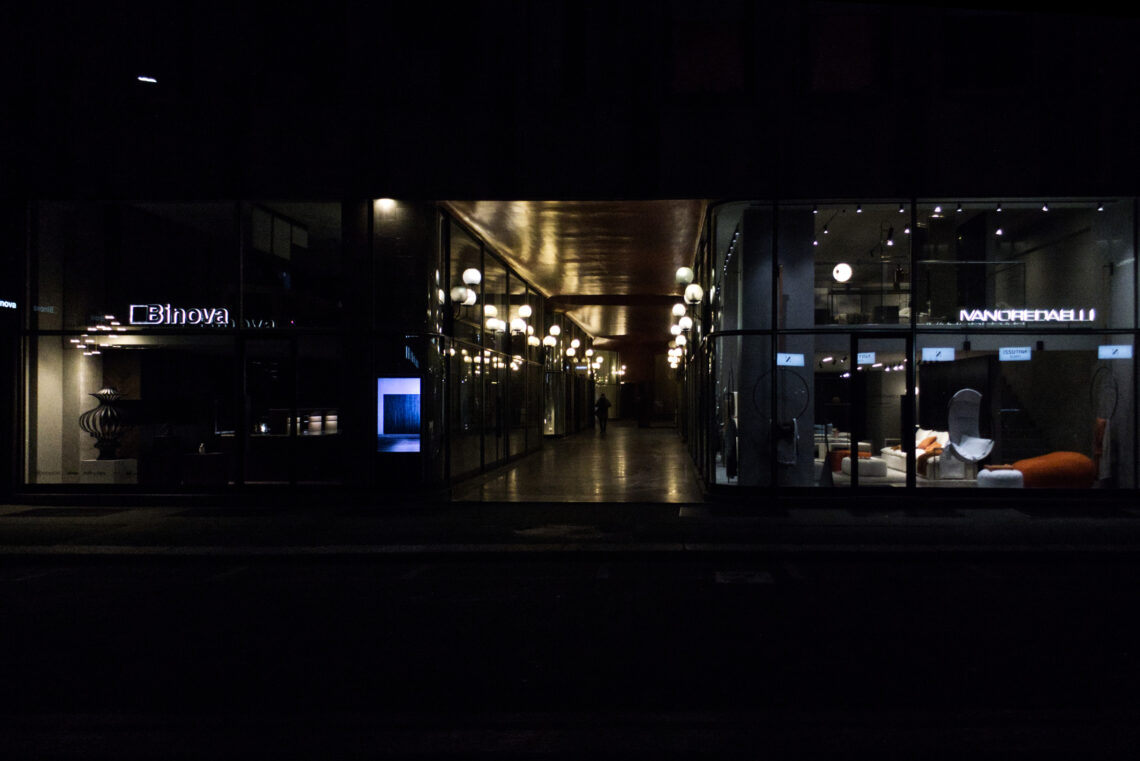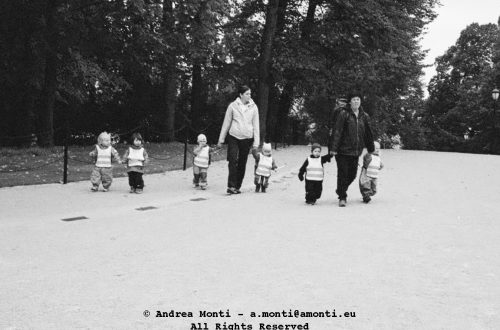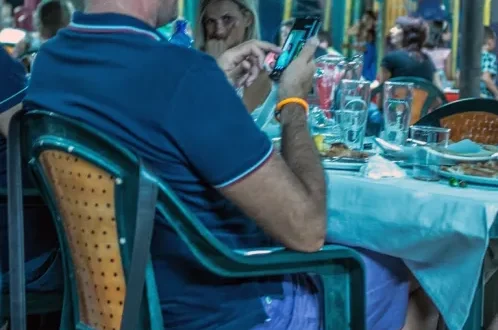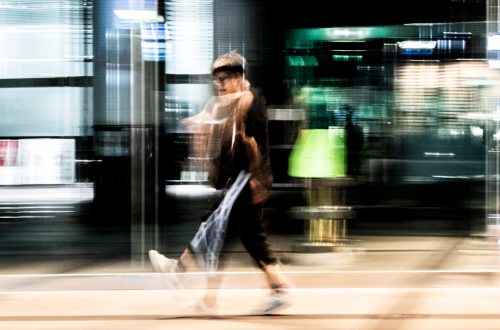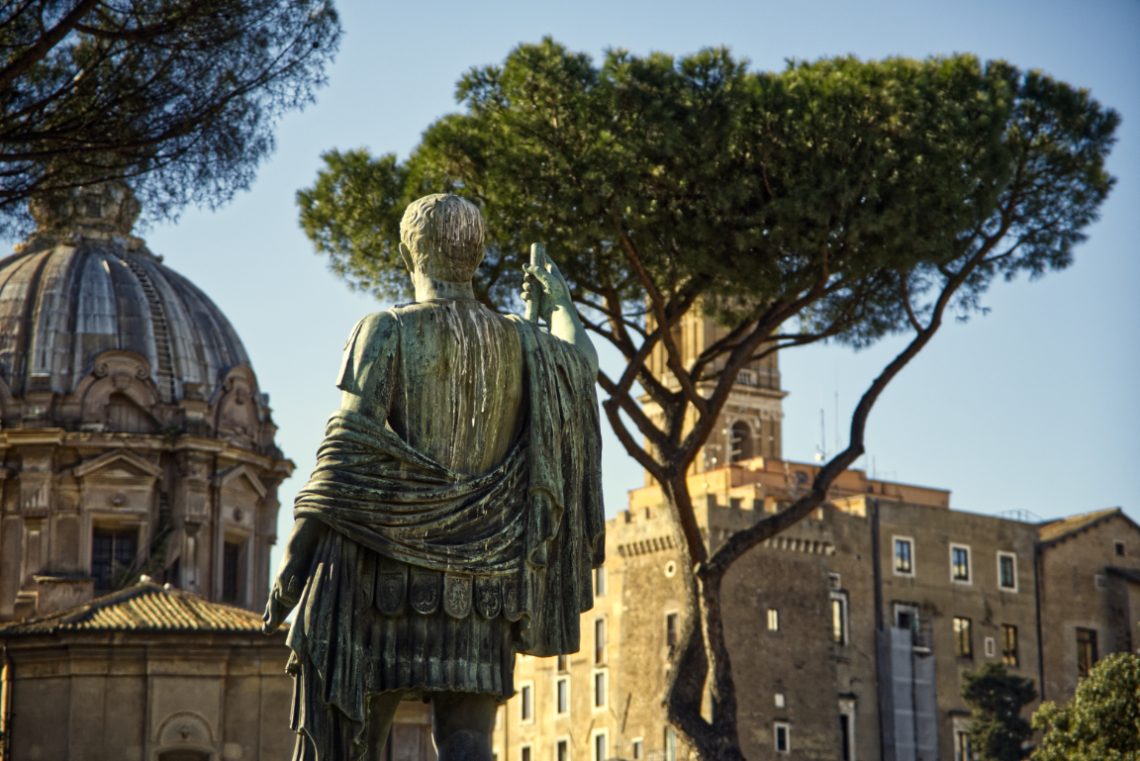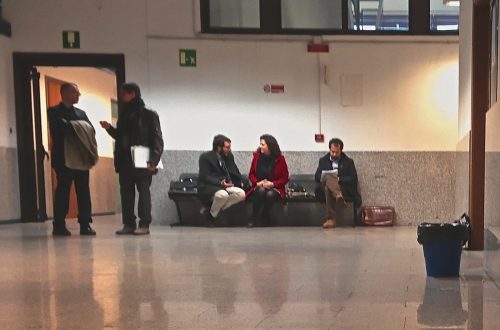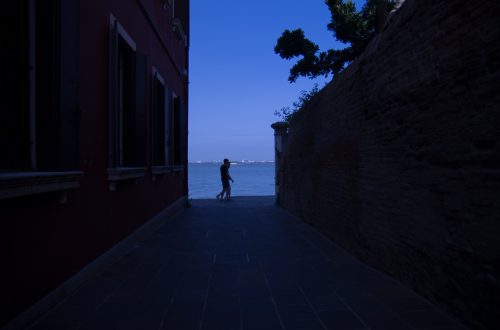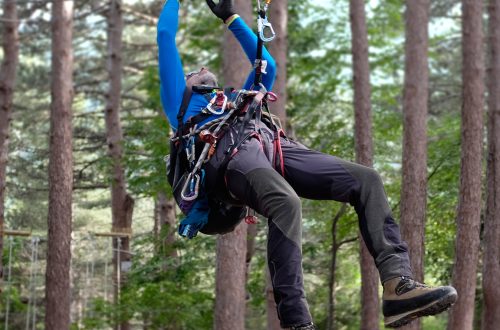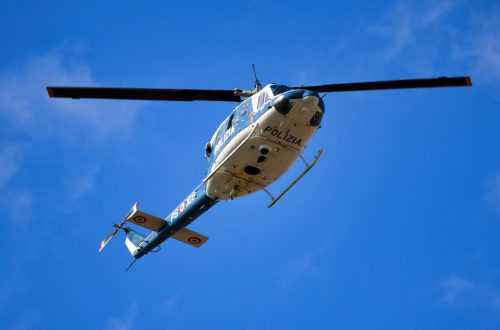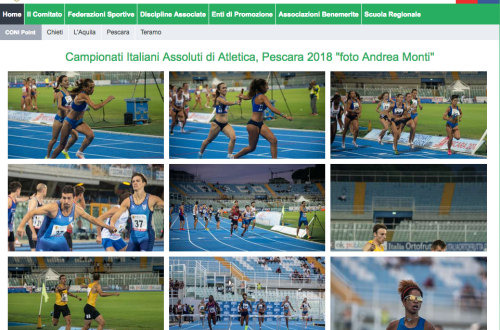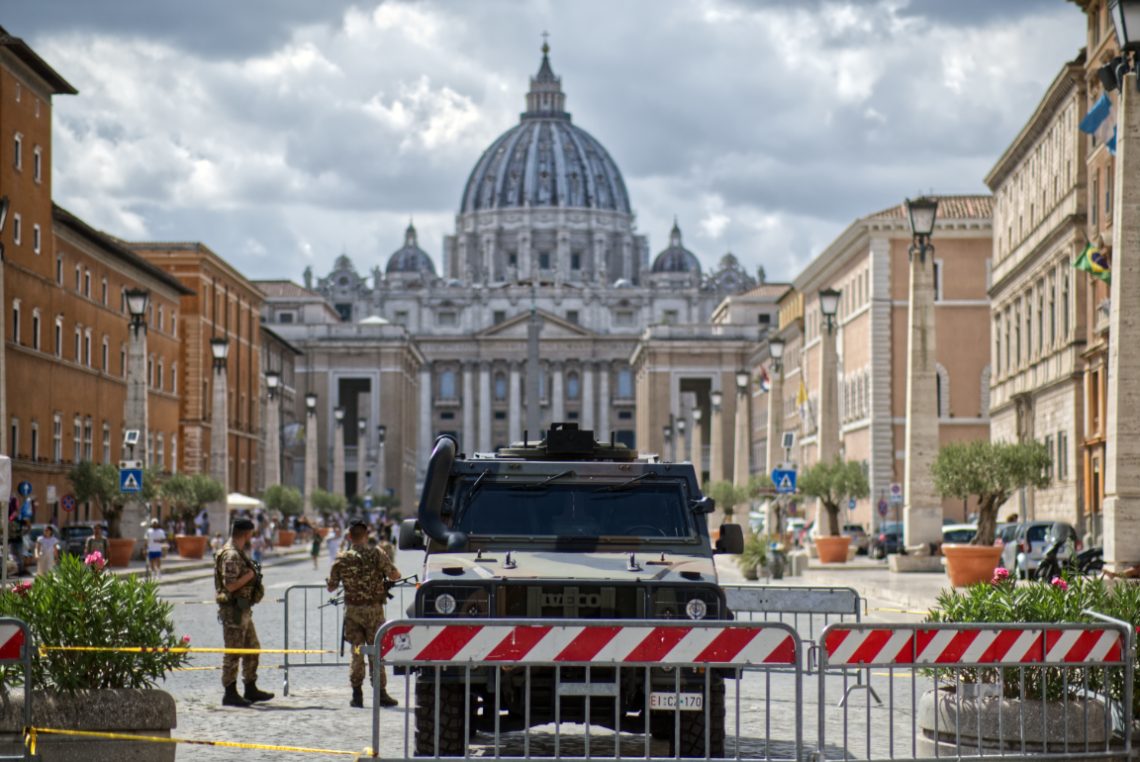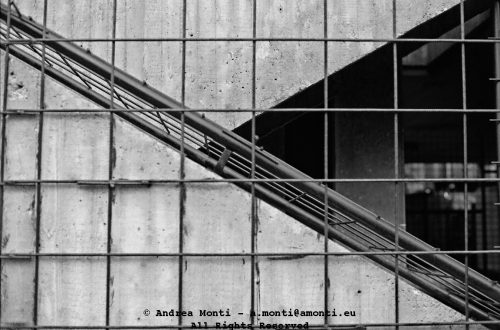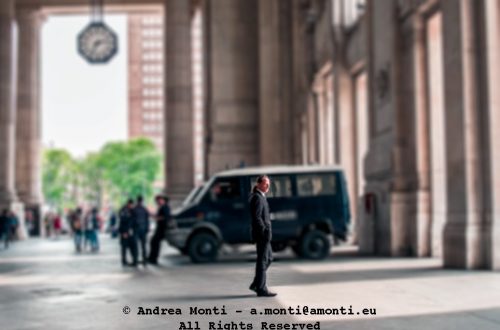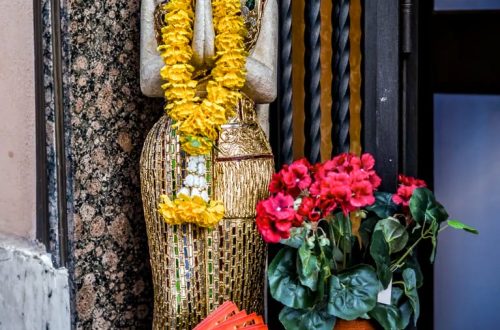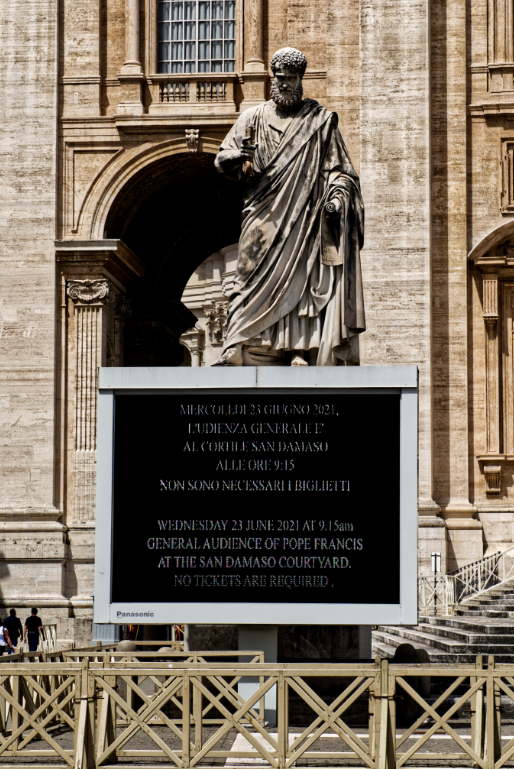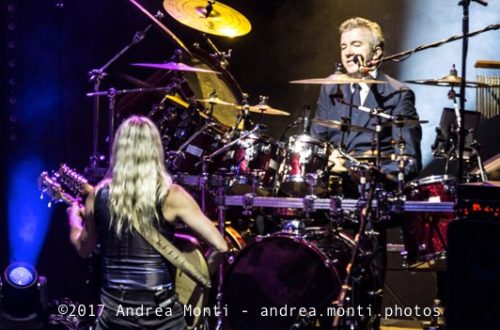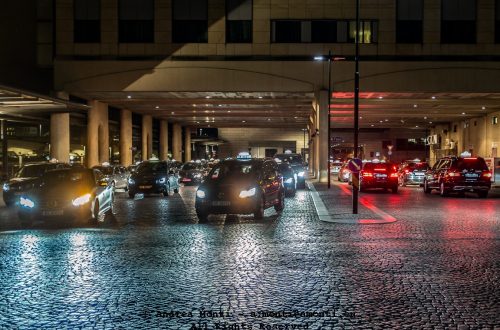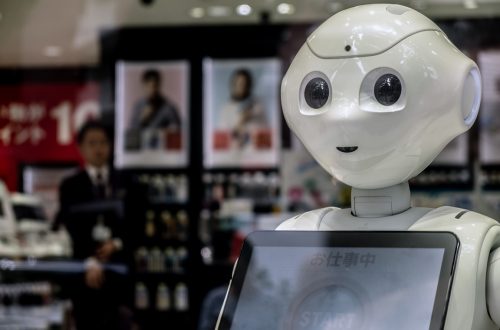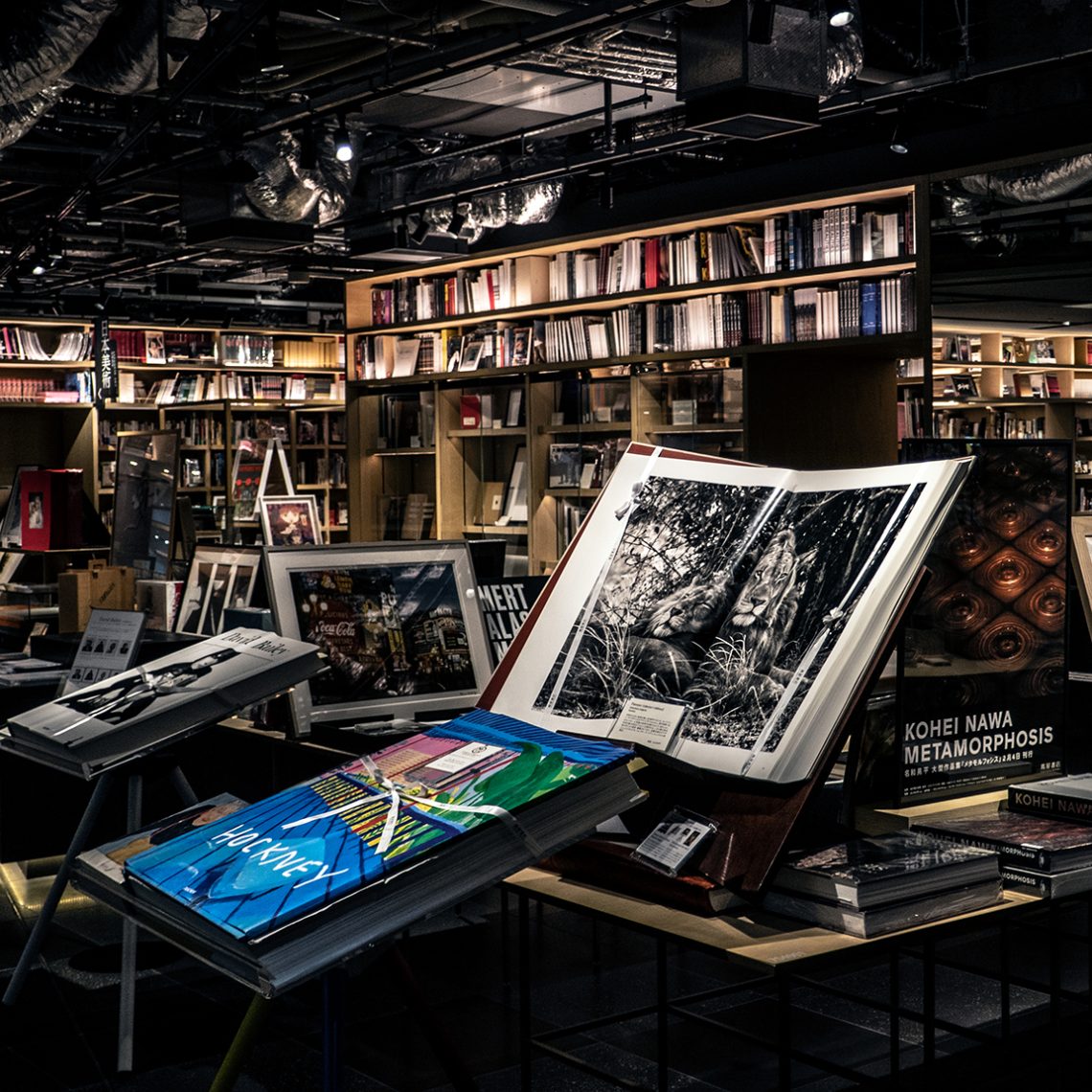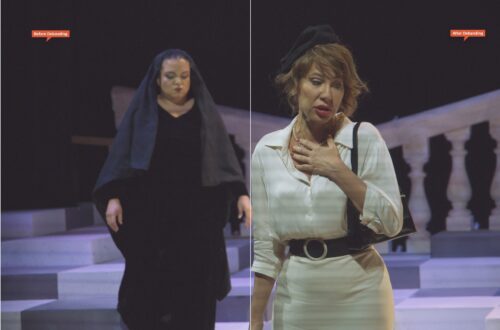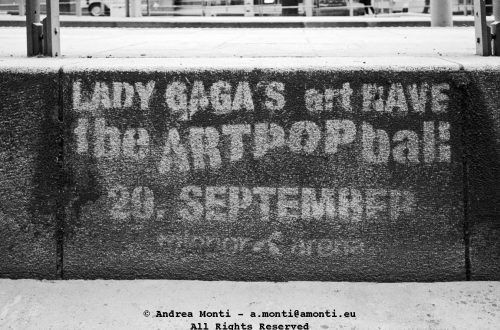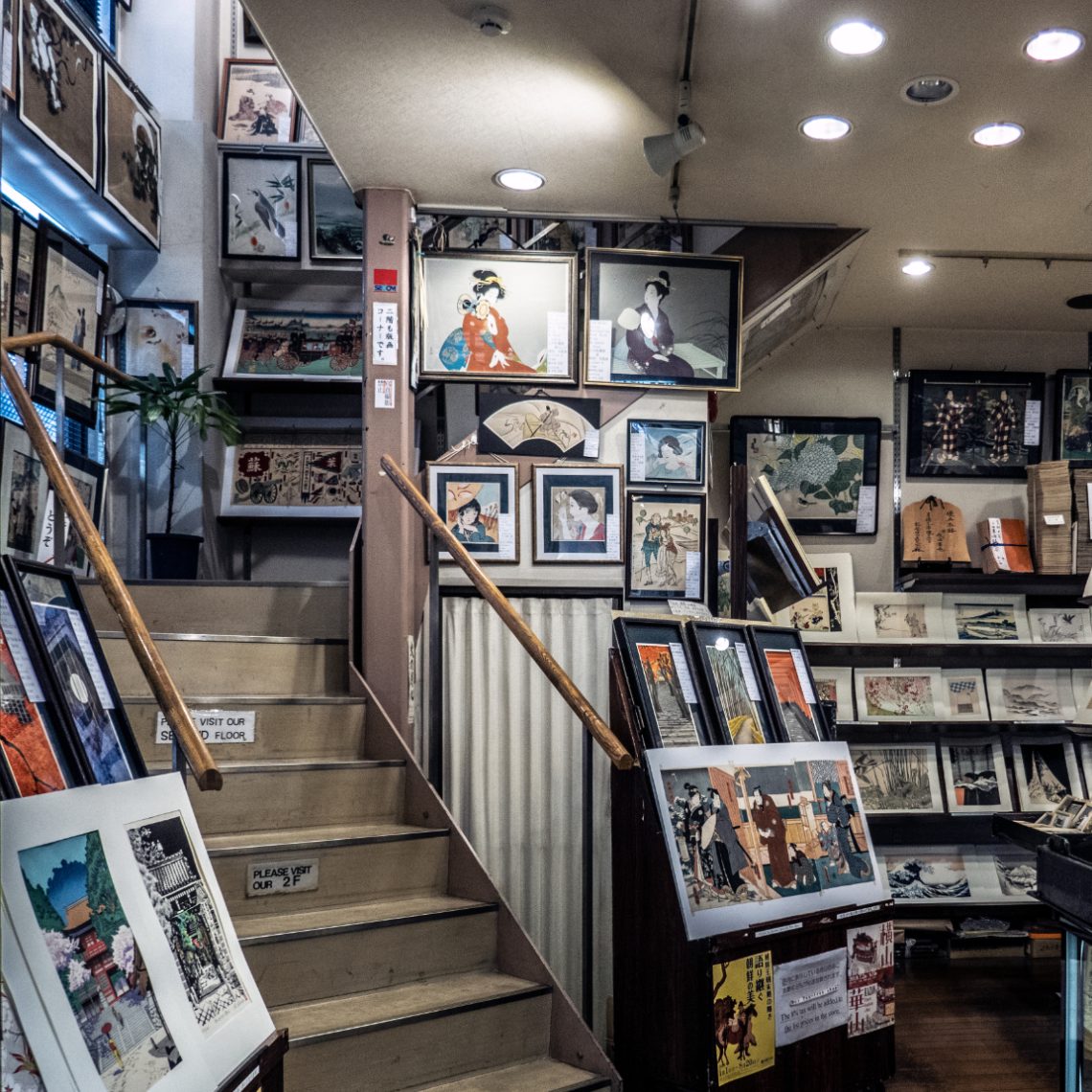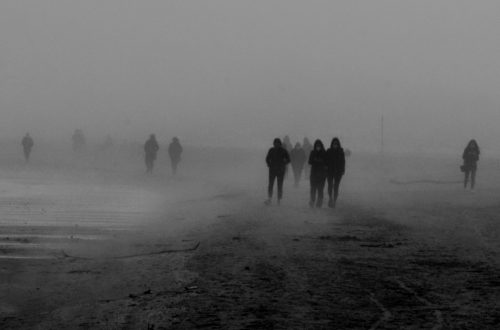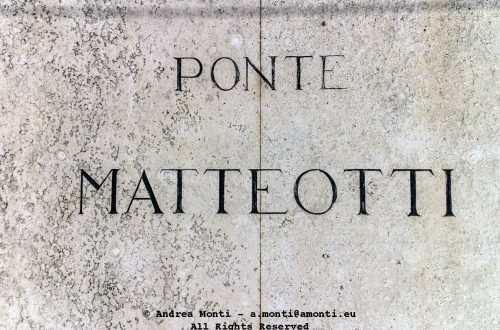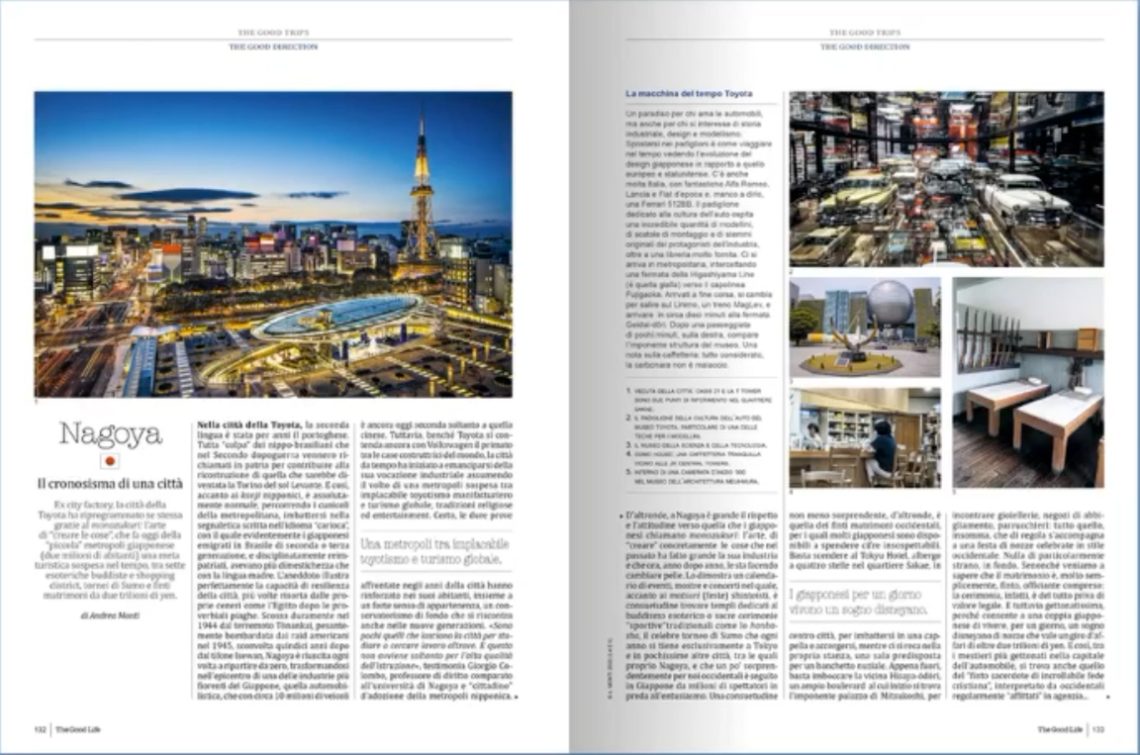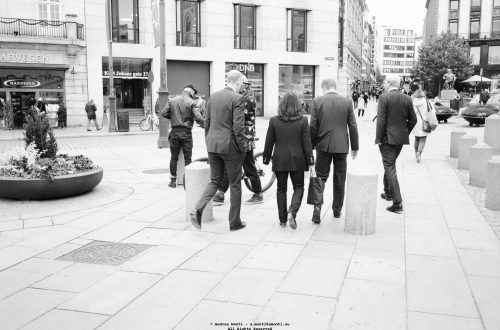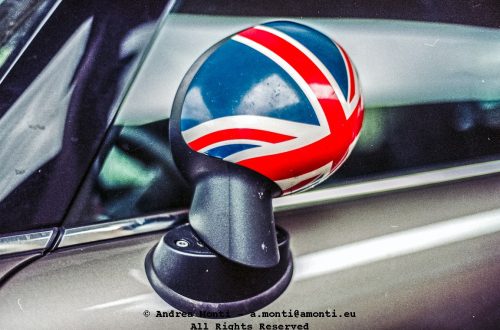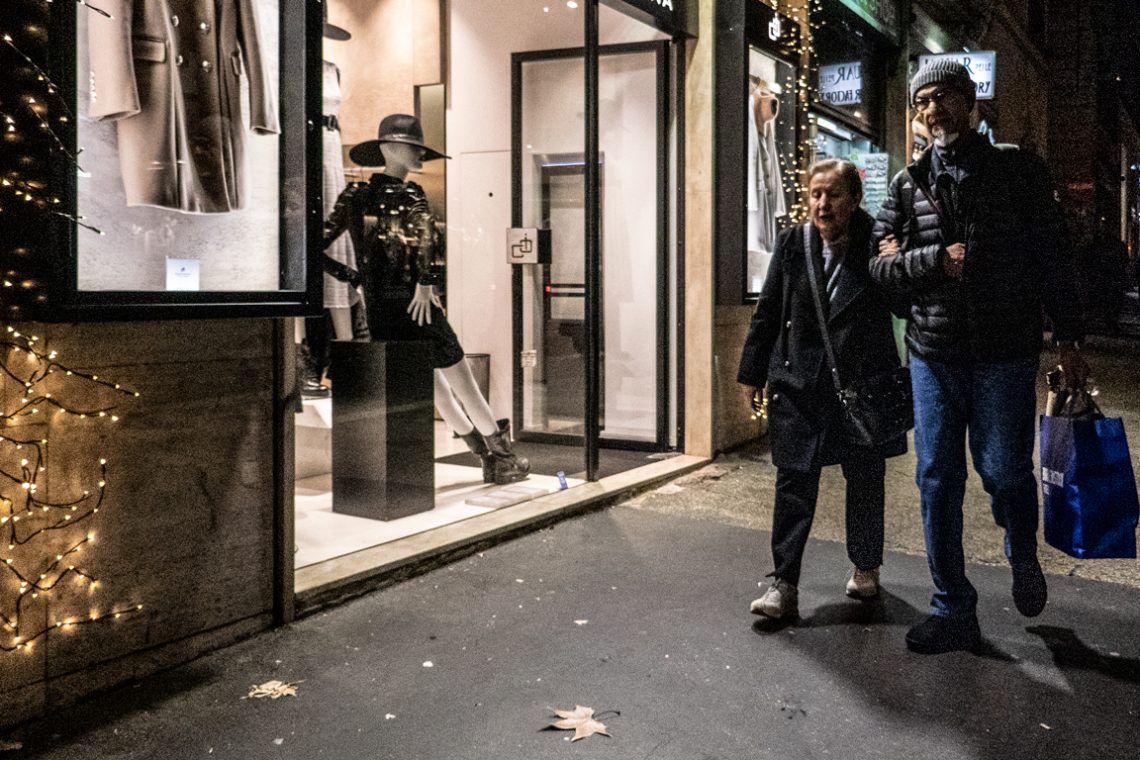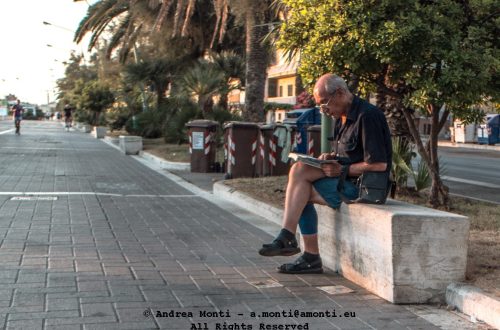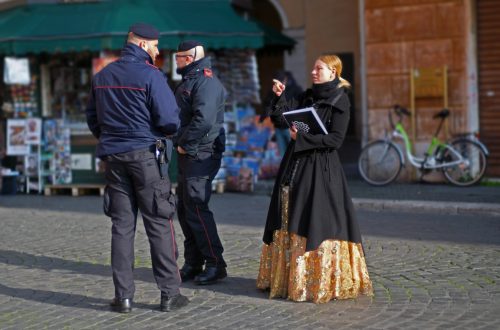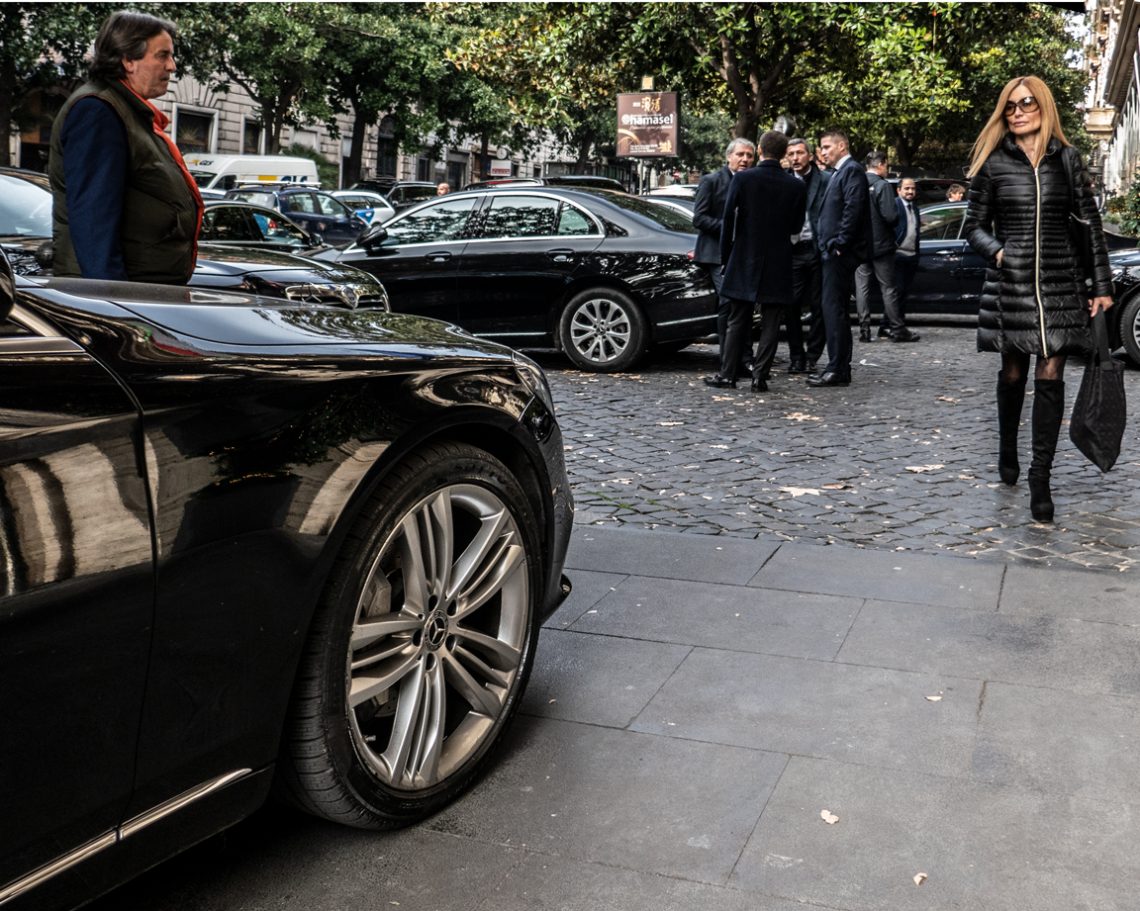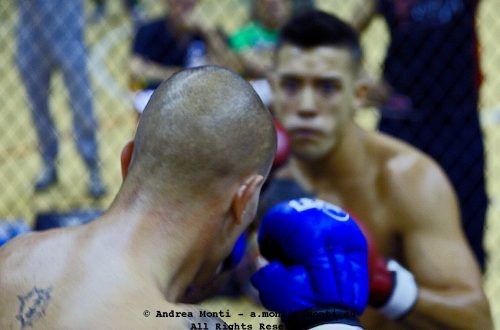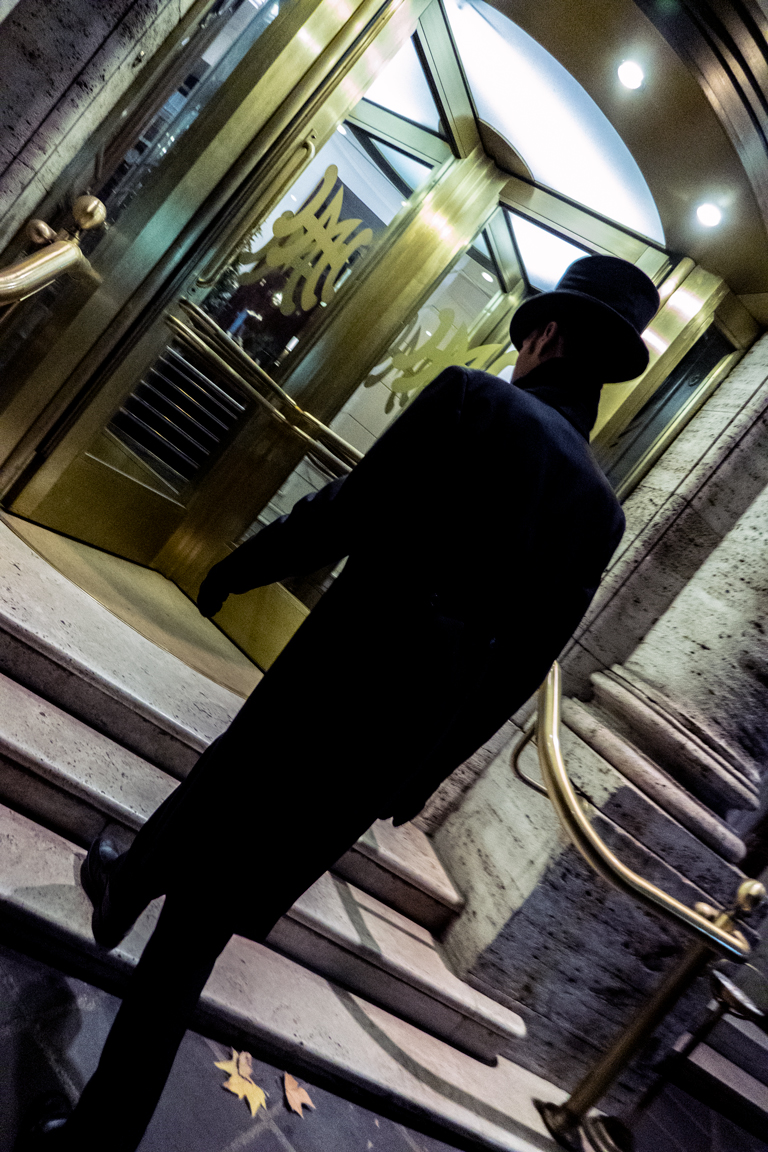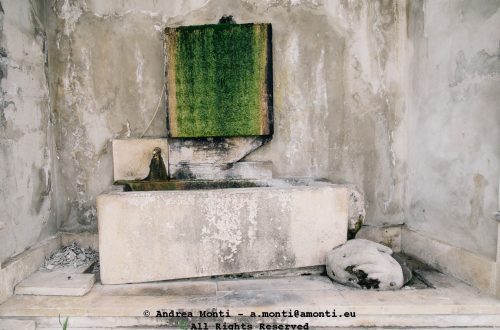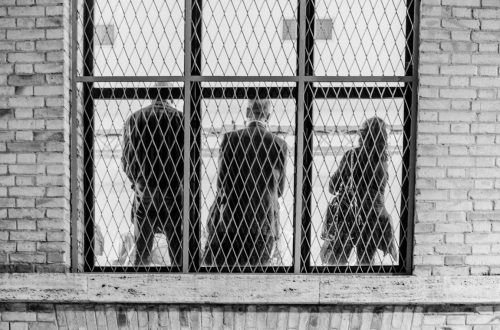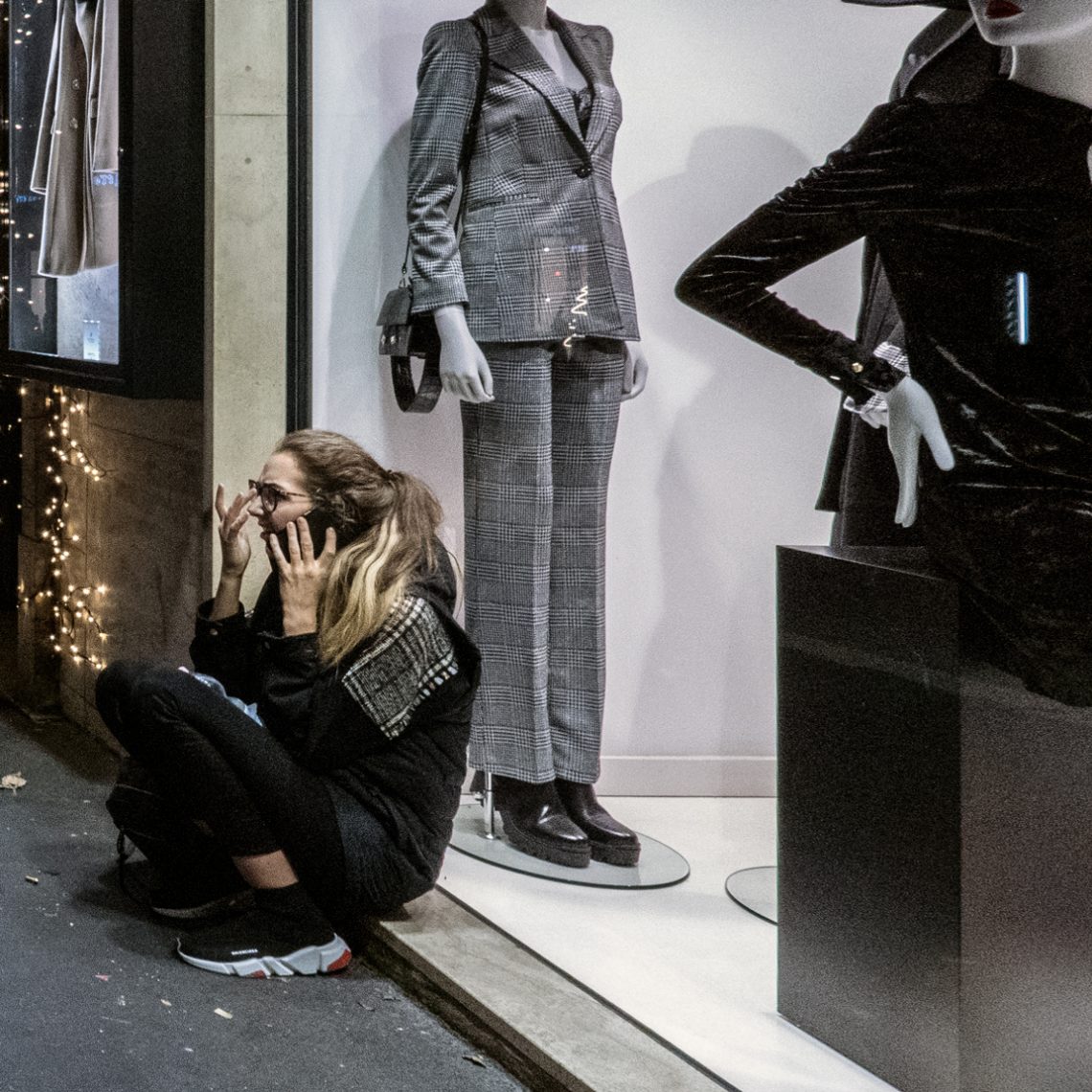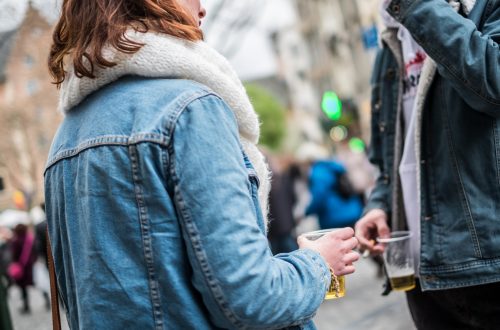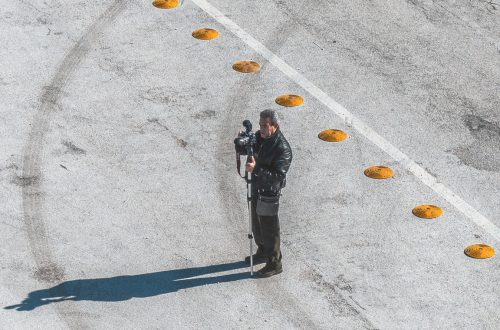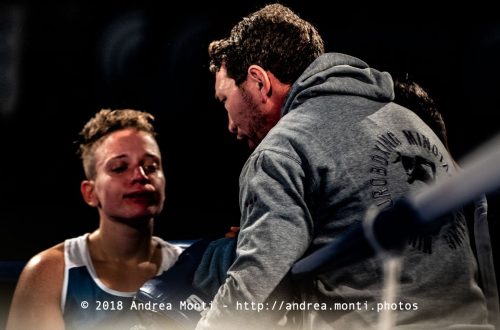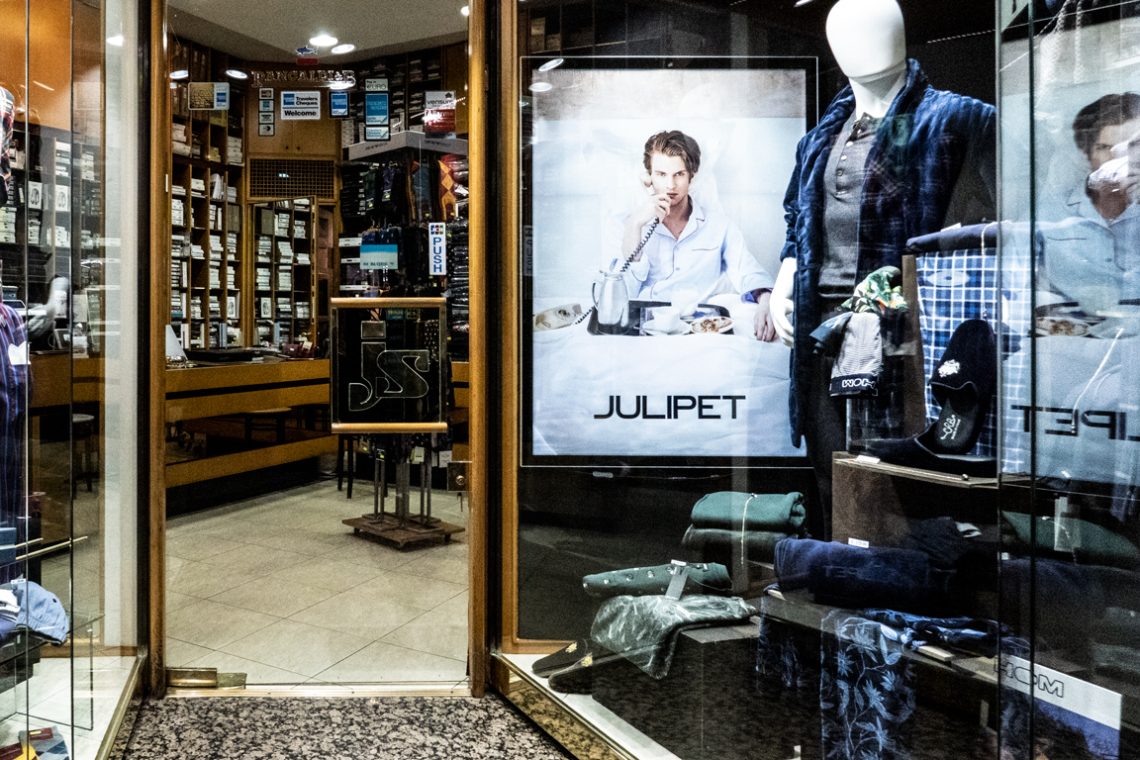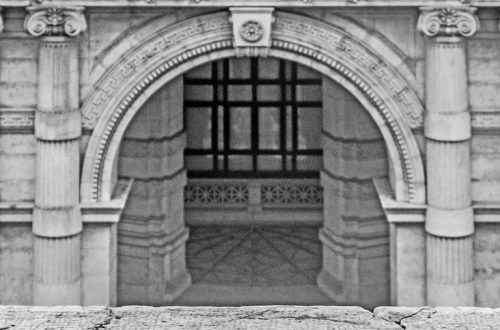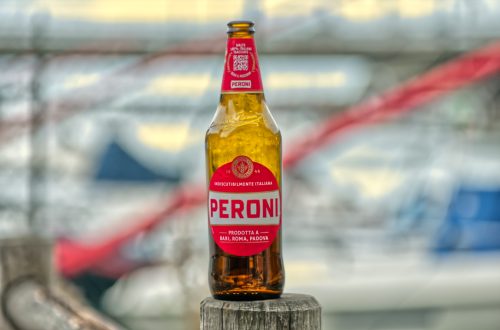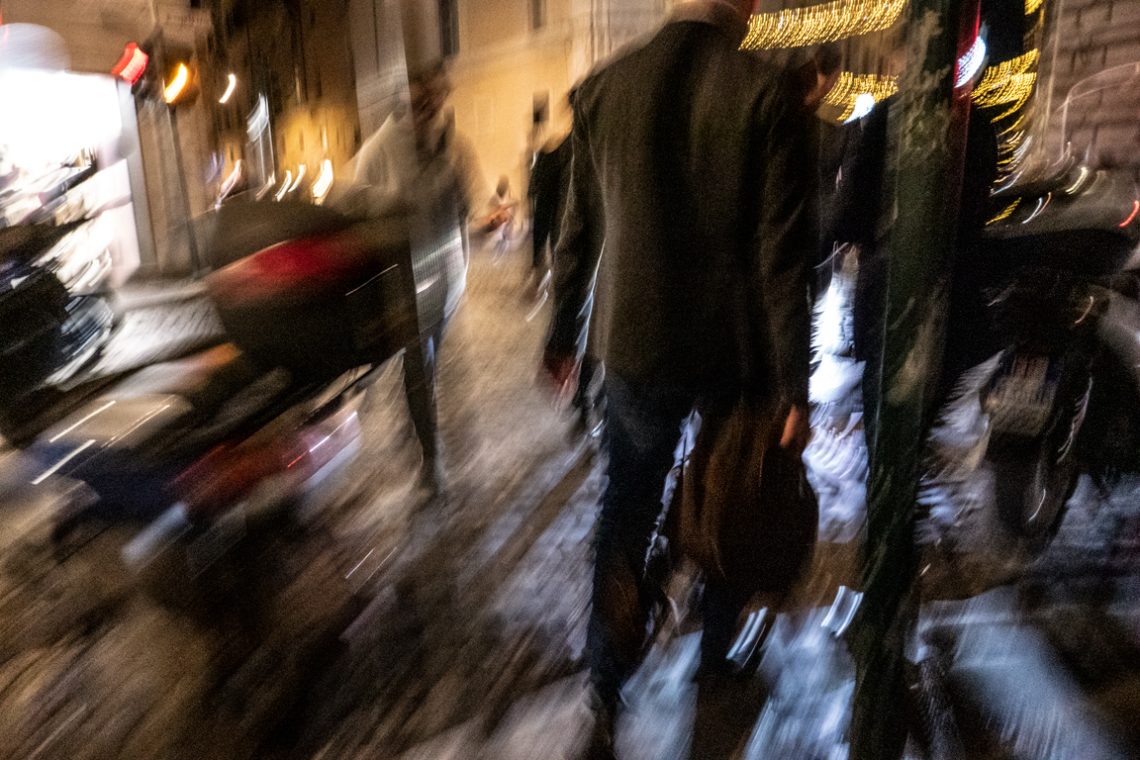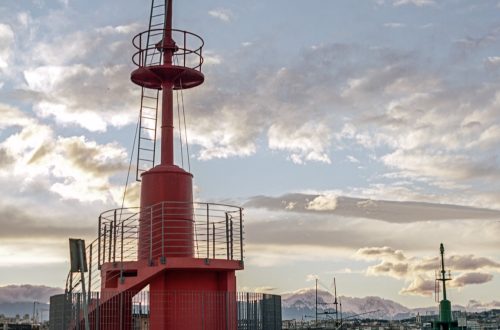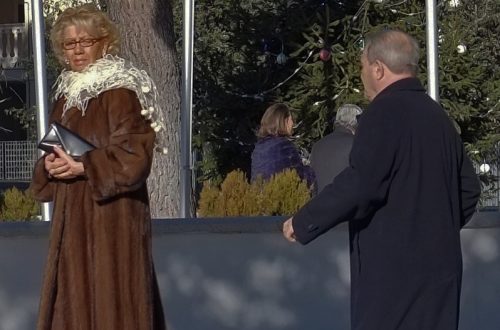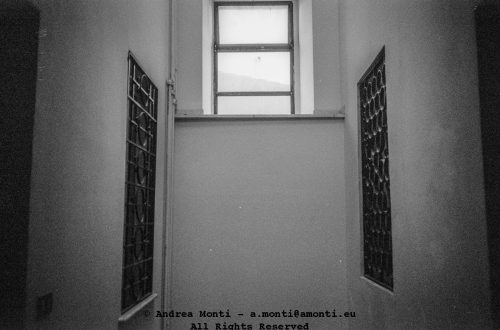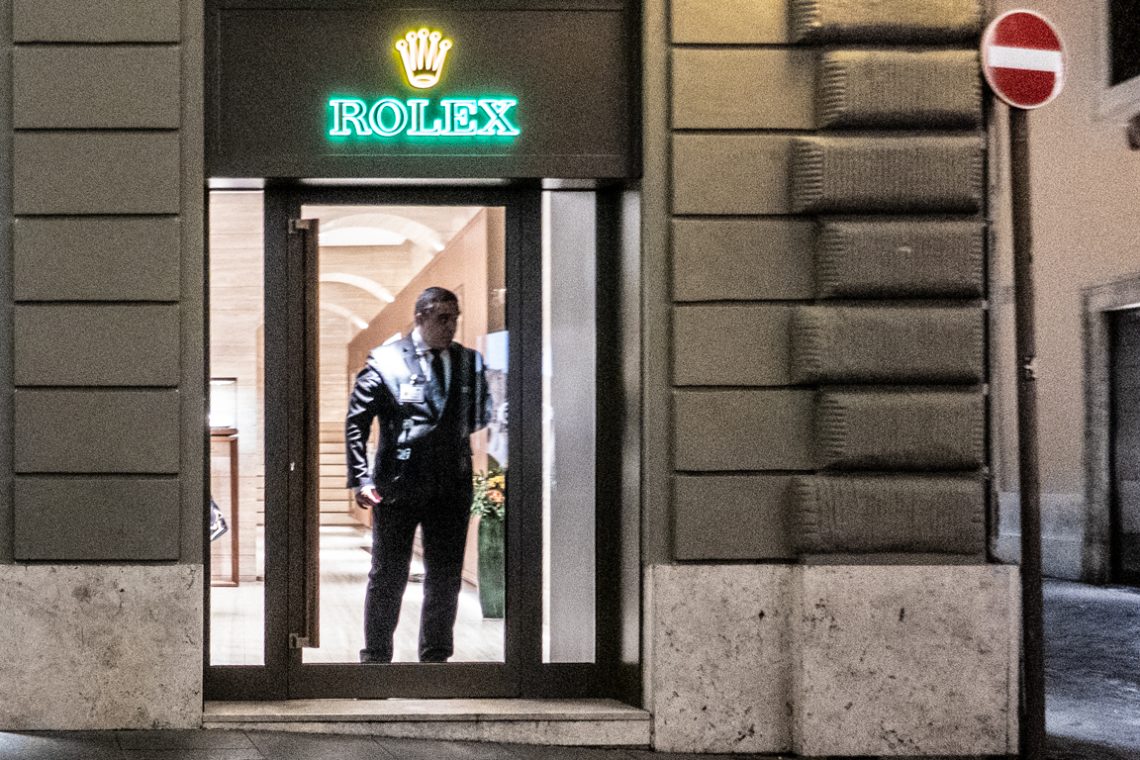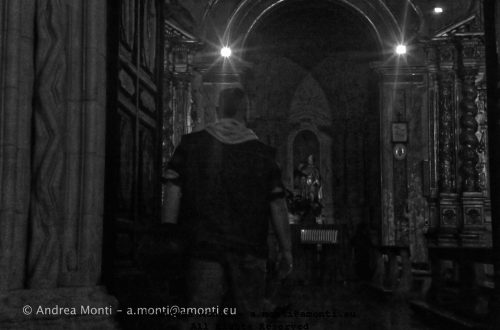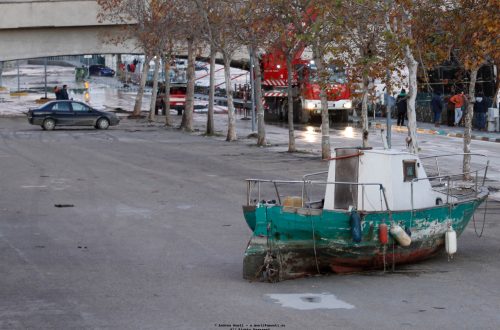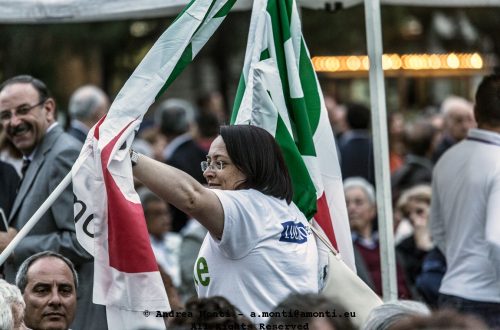-
DSLR film scanning: episode three
This is, by far, the most pleasing result I have ever had from digitising a film negative with a DSLR.Contrary to many suggestions found on Youtube, I did not invert the negative RAW curve by tweaking the Master RGB option. I did it, instead, channel-bychannel minding each clipping point. This approach allowed for a better reproduction of the grey tones, and in the end a fair result.
-
Another attempt at DLSR film scanning
Still trying.I digitised the negative with a Pentax K-1 and the FA 100 2.8 Macro lens using the JJC clone of Nikon ES-2. Postproduction is done in Pixelmator Pro. I used a Nikon 35TI and a Kodak BW400CN to take the original photo. Strangely enough, the JJC does not allow a 1:1 ratio with the Micro Nikkor 60 2.8.The instructions advise to mount the 62mm to 52mm step-down ring, the #2 52mm barrel-shaped tube and finally the film holder. These instructions are clearly wrong, as it is not possible to get 1:1 magnification with this setup.So I removed the tube and mounted the film carrier directly on the 62mm to…
-
Cleaning the Tabernacle
-
Stadio Olimpico, seen from Tribuna Monte Mario
The Stadio Olimpico is not an easy subject to photograph, especially when seen from the lofty and privileged perch of the Tribuna Monte Mario. The vantage point offers grandeur, but grandeur doesn’t always translate easily into pixels—especially under the kind of merciless lighting that the stadium seems to favour at night. From this spot, the sweeping geometry of the roof dominates the composition. Its repeating, honeycomb-like pattern glows under the sodium vapour lights, casting a heavy golden hue that floods the upper half of the frame. Below, the seating—empty and rendered in cool blues—acts as a counterweight, both in tone and texture. The effect is a split visual dialogue between…
-
A Vessel Moored on the Pier
-
Cultural Variety In Helsinki
Walking through Helsinki, I came across this street corner turned makeshift cultural diary. A column of posters, each one shouting louder than the next, all layered in a beautiful visual chaos. Music, theatre, design, protests — everything stuck side-by-side like a democratic collage of intent. No hierarchy, no curatorship — just pure public messaging. I framed this image straight on, keeping the grid of posters as symmetrical as the structure allowed. What interested me wasn’t just the content, but the juxtaposition — a sleek Ed Sheeran ad beside a hand-designed experimental flyer, a musical next to a political slogan. It’s a visual argument, but a peaceful one. Technically, this shot…
-
Red Fan
-
Nittele Tower
This photograph was taken on the move, from the Tokyo Monorail, aimed at the glass façade of Nittele Tower. Shooting through layers — the monorail’s own window and the tower’s reflective panels — created a composition that is equal parts interior, exterior, and abstraction. The grid of the building’s structure acts as both frame and subject, compartmentalising the scene into individual vignettes where people, staircases, and architectural lines intersect. The DA* 16-50 on the K-5 handled the mix of reflections and transparency better than I anticipated. Exposure was tricky: the overcast light outside diffused evenly, while the building’s interior lighting added warm pockets of contrast. I kept the balance slightly…
-
Technogym Milan@Night
I photographed this storefront in Milan after dark, intrigued by the way its illuminated windows cut through the night. The architecture itself is not the subject so much as the grid of glowing rectangles, each acting like a screen against the blackness of the street. The strong yellow framing lines draw the eye, repeating rhythmically across the facade, while the deep shadows surrounding them emphasise their intensity. Compositionally, I chose a wide perspective to capture the full stretch of the facade. This decision places emphasis on repetition and geometry rather than on any single detail. The asymmetry of the right side, where a bright advertisement interrupts the rhythm, creates a…
-
Late Night@Piazza San Babila
Working with a compact camera like the Panasonic TZ-100 at night is a reminder that you don’t always need a full-frame monster to tell a story — but you do need to understand and embrace the camera’s limitations. The TZ-100’s one-inch sensor is not built for clean, clinical low-light work. Push the ISO and it will show noise quickly; underexpose, and shadow recovery will fall apart. But here, those very traits help carry the mood. The composition rests on a central axis — the illuminated corridor pulling the viewer inward, flanked by the Binova and Ivano Redaelli showrooms. Their glowing interiors act like bookends, framing the pathway and setting a…
-
Still Ruling The Empire
The statue in this image has its back turned to the camera, but it commands the frame entirely. Shot in Rome, with the dome of Santi Luca e Martina on the left and the Torre delle Milizie rising in the distance, this bronze figure—likely an emperor or general—stands as if still governing the landscape before him. I didn’t photograph the face on purpose. The power of this moment lies in presence, not identity. The shot is about line, volume, and the compression of history into layers. The trunk of the umbrella pine rises behind him like a sceptre made of wood and air, while the palatial facades blend architectural periods…
-
Get Ready, Set, Go
I’ve always enjoyed the way a single moment in the street can hold multiple narratives at once. In this frame, taken in Piazza Venezia with the Vittoriano looming behind, the cyclist seems caught between pause and motion — a split-second where the decision to push forward hasn’t yet been made. The backlighting was a gamble. Shooting into the sun with the Fuji X-T3 and the XF 16-80 meant dealing with inevitable flare, lowered contrast, and the risk of losing detail in the shadows. But I wanted that shaft of light breaking through, almost theatrical in how it picks out the rider against the cobblestones. Exposure was a compromise: holding the…
-
Dark Cloud Over San Pietro
The tension wasn’t subtle. I framed this on a humid Roman afternoon, the kind where the air sticks and light flattens the facades. At the vanishing point: San Pietro, serene and untouchable, a facade that’s absorbed centuries of ceremony and conflict. But in the foreground—armoured steel, automatic rifles, and red-striped barricades—modern anxieties assert themselves. This is what occupation looks like when dressed as precaution. The symmetry of the shot exaggerates the contrast. The axis from the dome to the vehicle is mathematically clean, unnerving in its balance. You can’t not look down the middle, and once your eyes reach the Iveco Lince, you realise you’re not a tourist anymore. You’re…
-
Technological Memento
-
Tsutaya Bookstore@Ginza
Photographed inside the Tsutaya Bookstore in Ginza, Tokyo, this image celebrates the bookstore as a curated stage, where books are not simply stored but presented as artefacts. The frame is dense yet controlled, offering layer upon layer of shelves, display tables, and oversized art books. The eye is immediately drawn to the centre, where a large black-and-white wildlife photograph dominates—its scale and high contrast making it the de facto anchor of the composition. CompositionThe photographer has worked with a classic layered approach. Foreground tables angle toward the viewer, drawing them deeper into the mid-ground where the hero book sits open, and then further into the background shelves which fill the…
-
Dai Shodo@Kyoto
Kyoto ‘s Teramachi-dori is full of suprises. Amidst shops of the most different kind and attire, booklovers can find this small gem. This is Dai-Shodo, a quiet print shop tucked into a narrow Kyoto street. I stepped inside on a grey afternoon with no particular plan. The light was soft, filtered through old windows and the hushed presence of paper. Everything in the shop seemed to lean inwards—frames, shelves, stairs—as if holding its breath in reverence. What struck me most wasn’t the prints themselves, but how they were displayed. Ukiyo-e woodblocks and vintage ephemera layered on every surface, propped rather than hung, as if caught mid-conversation. The stairway invited you up…
-
Nagoya’s reportage featured in The Good Life
The Good Life‘s October issue features my photoreportage of Nagoya.
-
Deadly Bored
Once again, the meaning of this picture is counter intuitive and “made up” by the composition. The scene is seen from the perspective of the mannequin: at the end of a hard day spent sitting on the street-front, it (or he?) looks deadly bored and tries to kill the time before the shop closes by casually looking at the next passerby. The directional effect (from the mannequin to the passerby) is achieved by the diagonal connecting the tip of the hat, the feet of the mannequin and the cast of the shadow. Taken as a whole, these elements drive the eye from the mannequin to the persons and not vice-versa.
-
A Virtual Glance Dance
The essence of this photo is all in the glances of the protagonists. The man looks at the woman, the woman looks at the luxury car. The essence of this photo is all in the glances of the protagonists. The man looks at the woman, and the woman looks at the luxury car. It is this subtle game of glances that tells a story and turns the photography from a casual picture into something worth seeing. Once again, it is not relevant whether the people portrayed are actually involved in the “glance dance”, as what matters is the image to convey the meaning created by the overall result. This confirms…
-
When Tilted Photos Work
Tilted photos are very challenging to take. It is easy to break the composition, lose an essential part of the scene, or take a bad picture. Furthermore, making sense out of a diagonal orientation with a ratio that is not square (Hasselblad people, I can hear you loud and clear!) adds layers of difficulties. As counterintuitive as it might look, this photo taken in a “normal” orientation would have lost all its visual impact.
-
Good Plan, Poor Execution
The idea behind the composition is entirely correct. The mannequins and the girl form a triangle, as does the direction of the stares, conveying both a sense of symmetry and counterposing the liveness of a human being to the puppets’ lack of. A poor execution, though, led to the mannequins’ head cut, turning a visually appealing photography into a meaningless shot.
-
Light as Meaning Shifter
The original idea behind this picture was to match the emptiness of the shop with the facelessness of the mannequin posing as a store clerk, to convey a general feeling of depersonalization. Unfortunately, the big lightblot represented by the poster close to the mannequin catches the observer’s attention and reduce the effectiveness of the composition. Instead of connecting the mannequin with the internal part of the store thus making sense of the whole picture, the eye just “sees” an ad poster.
-
Photopanning in Rome
Photo panning is an art in itself and – when adequately practised – is able to deliver a stunning visual experience. In this picture (that has not been altered but for contrast and clarity) the overall experience reminds the Impressionism aesthetics.
-
Keep Out!
This photo conveys a message of “rejection”: first, a security guard who blocks access to the jewellery and then a signal of a prohibition of access reinforces the concept, thanks to a composition that guides the eye to a diagonal that goes from the bottom to the top, from left to right. Obviously, there is nothing “true” about all this because the overall result is the result of the organization of the spaces and the management of the perspective that allow connecting semantically elements that, in reality, have no relationship between them. It would have been enough to shoot from a different angle – or not juxtapose the security guard…

